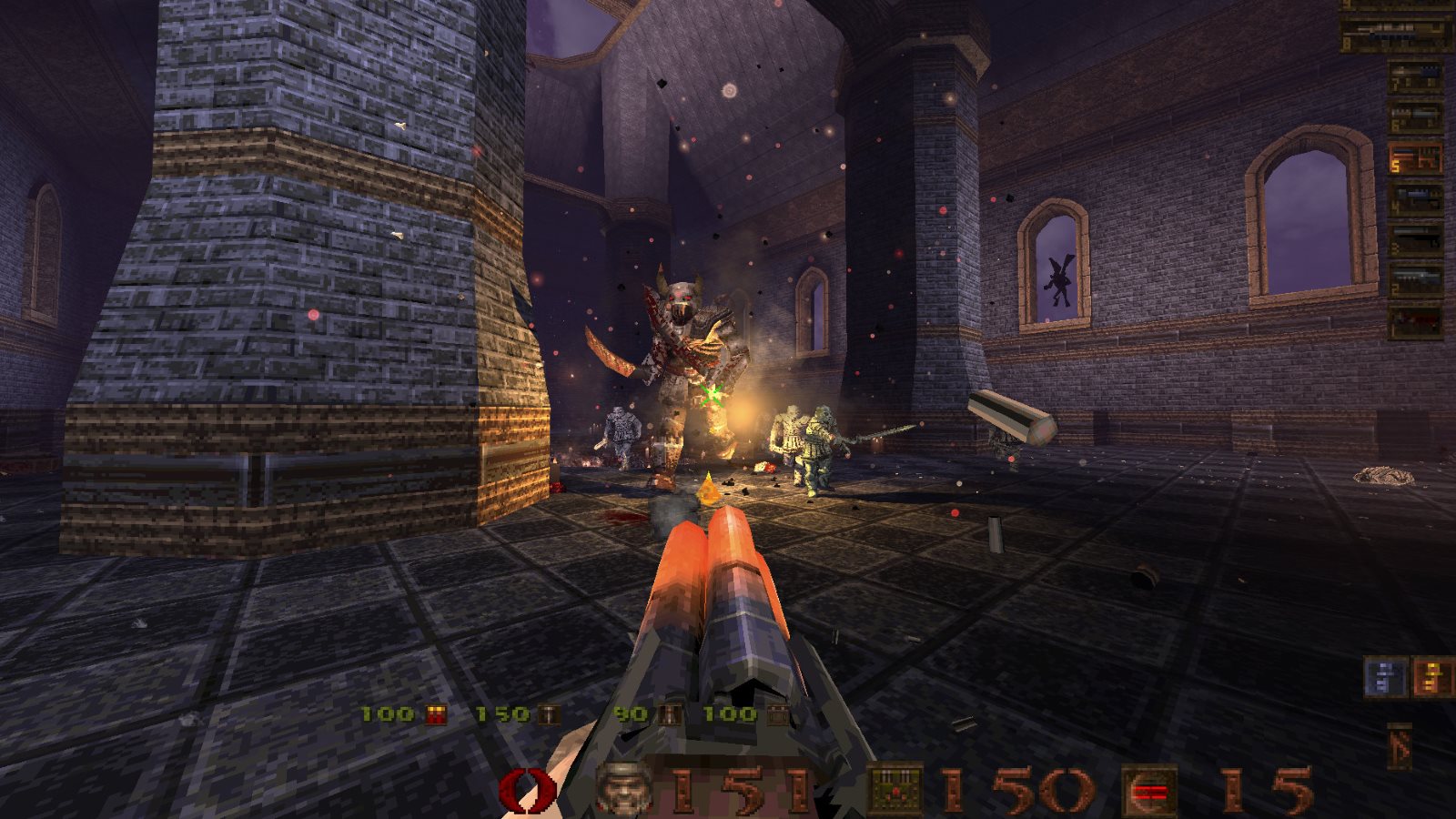



No matter why you anneal your cases, the key to proper annealing is to not overheat the cases. This area of the worked brass needs to be annealed so that when it is fireformed, it will seal the chamber and properly form out to the new configuration. When you set the shoulder back on the case, the neck walls will thicken from the shoulder’s extra brass, which will harden up as you work it into the new configuration. But as long as the primer pockets are still tight, these cartridge cases are still useable - if you anneal them properly.Īnother reason to anneal brass cases is if you are reforming them from a larger case to a smaller case, such as in making wildcat cartridges. Once symptoms like these appear, many shooters think the brass is no longer usable and discard it. Another thing to look out for is if it suddenly takes more pressure, or less pressure, to seat bullets into the cases than it used to. One of the first signs that it’s time to anneal is splitting at the case mouth, or cracks in the neck or shoulders of your brass. One reason to anneal your brass is to extend its life, so you can reload it more times. Both those operations will cause brass to harden, which leads to splits and cracks in the cases.

What makes brass cartridges become harder is firing the cases in your gun, and then working them in your reloading dies. Unlike steel, brass gets softer as you heat treat it, not harder. Once you understand what annealing is, why it’s done, and what tools you need to do it, annealing is actually a fairly simple process.Īnnealing means heat treating the neck and shoulder of a brass cartridge case to make it softer so it will seal the chamber during firing. A lot of folks hear about annealing brass cartridges cases, and just assume it must be something that’s hard to do.


 0 kommentar(er)
0 kommentar(er)
